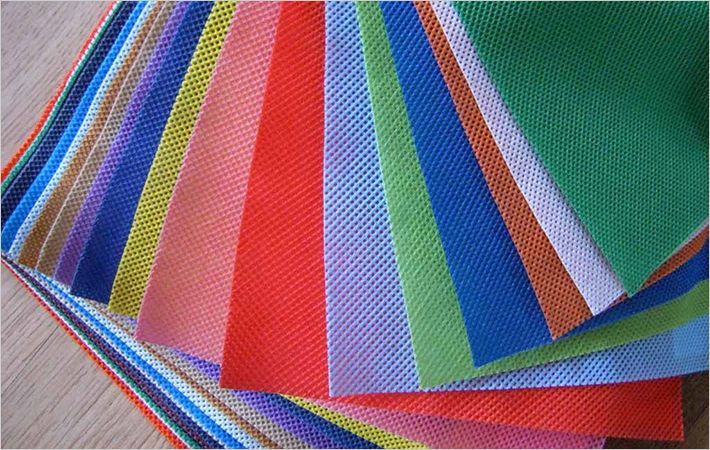Scientists in ETH Zurich, a Switzerland-based science and technology university, have come up with stretchable fabric to create new enabling materials for applications ranging from flexible electronics to regenerative medicine.
Speaking to fibre2fashion, Prof. Andre R Studart, who led the research said, “We have developed a new approach to create artificial heterogeneous materials to strongly connect hard and soft surfaces for applications ranging from flexible electronics to regenerative medicine.”Scientists in ETH Zurich, a Switzerland-based science and technology university, have come up with stretchable fabric to create new enabling materials for applications ranging from flexible #
“The new flexible fabric is a new material which allows us to have different local stiffness and one possible application of it is to make stretchable fabrics for biomedical implants,” he adds.
Explaining the process of developing the new flexible fabric, he says, “We start with a rubbery material and we add reinforcing particles to make it gradually stiffer.”
“We create composites with different elastic moduli by hierarchically reinforcing a polyurethane (PU) soft matrix with PU hard segment domains, inorganic nano platelets and inorganic micro platelets at progressively larger length scales to change the stiffness to a broad range,” he continues.
Talking about the significance of the fabric, he says, “One of the special features of this material is that we are able to achieve a large difference in stiffness of about 10,000 times.”
“Mostly in artificial materials you cannot change the stiffness more than 10-100 times,” he informs.
Commenting about the uses of new flexible fabric, he says, “Our research team has found that flexible electronics obtained through this fabric could be stretched up to 4.5 times of their initial length without impairing the electrical response of their stiff components.”
“Electronic devices integrated onto multi-layered material could be effectively protected against mechanical failure, significantly increasing their lifetime,” he adds.
He further says, “In addition, this new approach can potentially be extended to other applications such as wearable fabrics, the joints for aerospace and automotive products.”
About the inspiration behind this research, he says, “Joining two materials with very different mechanical properties is currently an enormous challenge in science and technology, but it is very common in biological structures. For example, in our body, compliant tendons are connected to very stiff bones.”
“Mimicking this natural design principle, we have developed a new approach to create artificial heterogeneous materials to strongly connect hard and soft surfaces,” he informs.
According to Mr. Studart, the research team plans to continue the work by applying the latest techniques to a variety of new systems and new materials. “We will work closer to companies who are interested in this technology and I hope that within the next 5-10 years we will be able to launch materials manufactured with the new fabric,” he opines.
Technicaltextile News Desk - India

